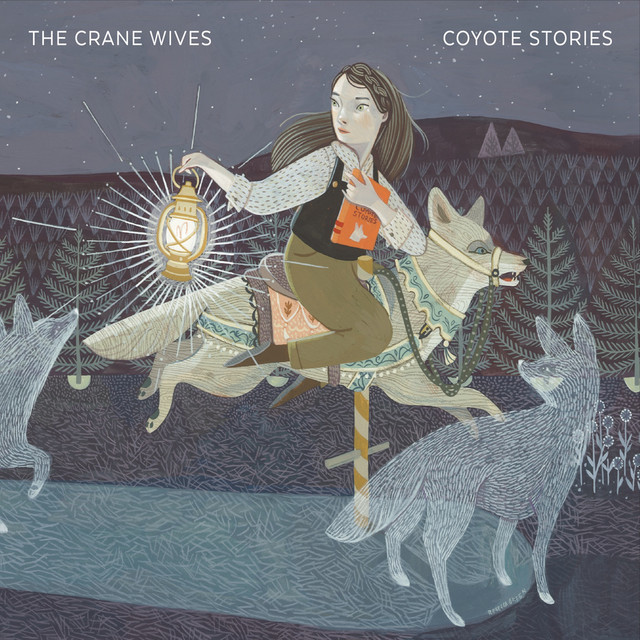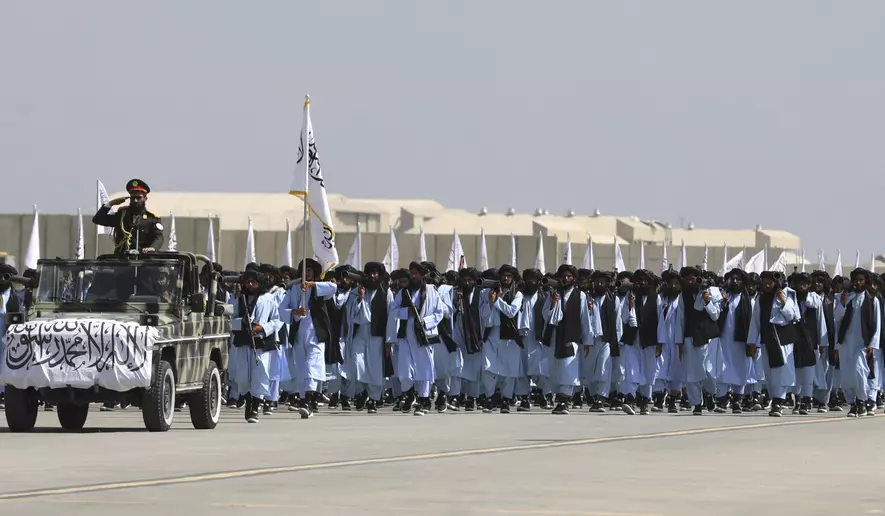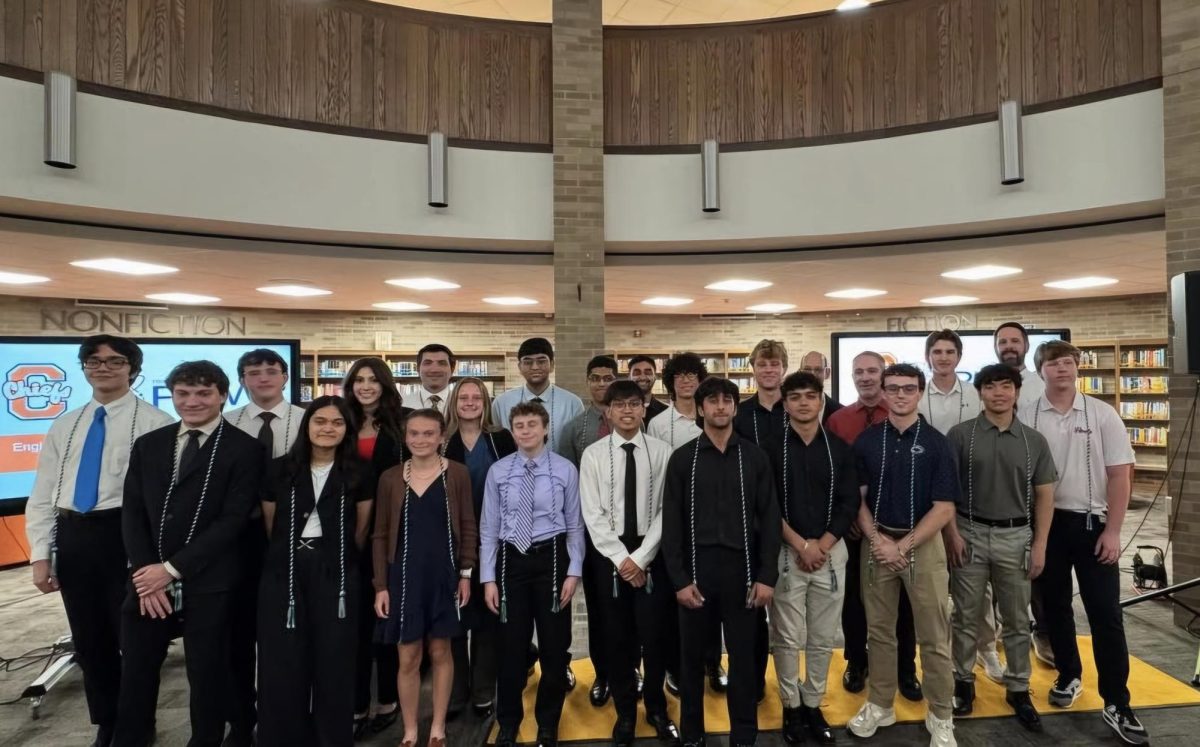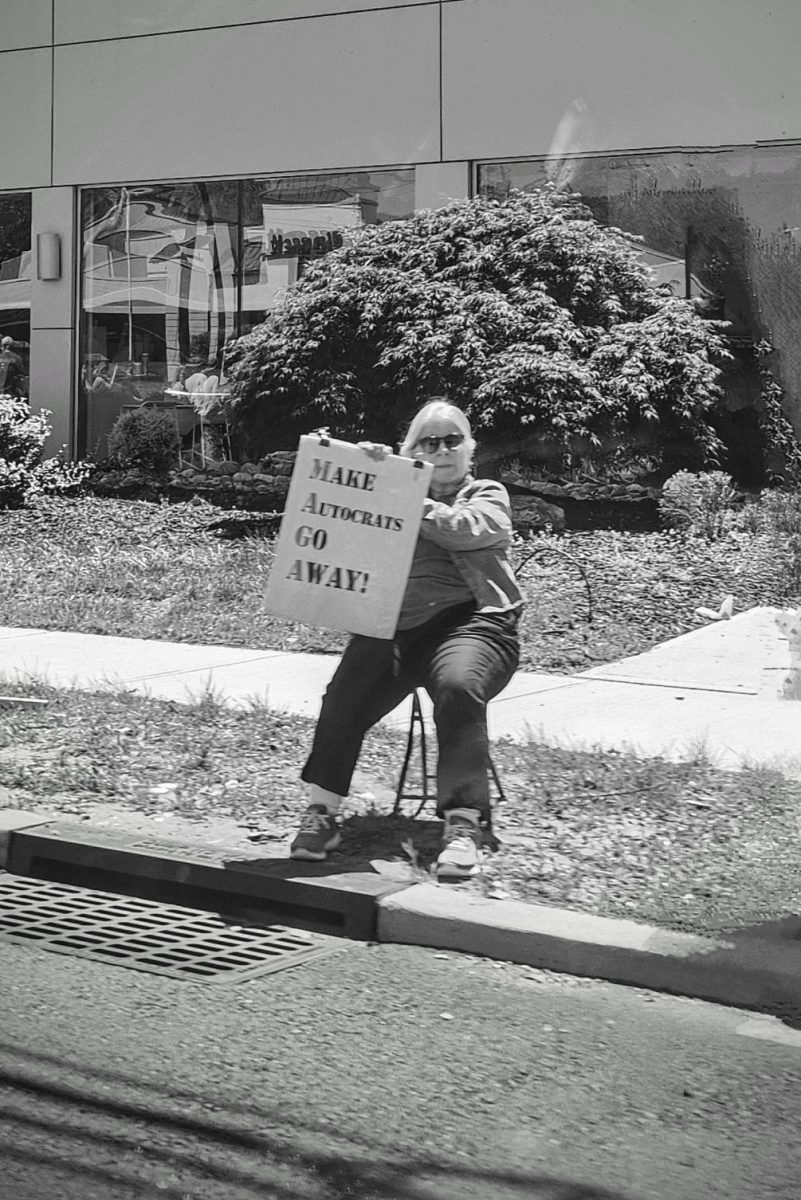
In Dec. 1940, SS officials at the concentration camp Auschwitz-Birkenau established the first official camp band. The band, which began with only seven musicians, quickly grew and was divided into a symphony orchestra with 80 musicians and a brass band with 120. Six orchestras were established at Auschwitz, with one containing 100-200 musicians.
Made of both amateurs and professional musicians, the official camp bands of Auschwitz played a variety of music, including marches, classical, dance, and hit songs from the era. Music was also composed at the camp, including composer Henryk Krol’s “Arbeitslagermarsch” (Concentration Camp Labor March). Camp authorities determined what would be played in accordance with the bands’ rehearsal abilities.
These camp bands were created for a myriad of reasons. One job of the camp bands was to play for new prisoners as they arrived at the camp, with the music meant to dupe unsuspecting prisoners into a sense of calm, even as some were on their way to execution. Camp bands played during ceremonies, executions, and private performances for the pleasure of camp officials. The bands frequently played march music as well, providing a beat and rhythm for prisoners to march with.
Because of their status as musicians, members of camp bands were often given special privileges and were at the top of the prisoner hierarchy. This fueled some resentment and envy among the rest of the prisoner population. However, special treatment came at a cost; Holocaust survivor and Women’s Orchestra of Auschwitz member Fania Fénelon once said that, despite the special treatment, she was forced to play “gay, light music and marching music for hours on end while our eyes witnessed the marching of thousands of people to the gas chambers and ovens.” Partly because of this, the “suicide rate among musicians was higher than that of most other camp workers except the death details.”
One notable camp band was the Women’s Orchestra of Auschwitz. Founded in 1943 by SS official Maria Mandl (nicknamed “The Beast”), the orchestra was conducted by Alma Rosé, a German Jew and the niece of composer Gustav Mahler. Some notable members of the Women’s Orchestra include the aforementioned pianist and vocalist Fania Fénelon and the cellist Anita Lasker-Wallfisch.
Discussing her time in the Women’s Orchestra of Auschwitz, Lasker-Wallfisch said, “That I survived nearly one year in Auschwitz is without any doubt due to the fact that I became a member of the camp orchestra. As long as the Germans wanted an orchestra, it would have been counter-productive to kill us.” She also discussed the orchestra’s role, saying they would play “every morning and every evening at the gate of the camp so that the outgoing and incoming work commandos would march neatly in step to the marches we played,” and in private concerts for SS officials, “who would come into our block and wanted to hear some music after sending thousands of people to their death.”
Almost all of the Women’s Orchestra of Auschwitz members lived to see their liberation. In her memoir, Fénelon discussed her time in the orchestra, saying, “We weren’t saints. We did what we had to to stay alive.”













